In Northern Vietnam, there are white apricot blossoms (also known as “chi mai”), which feature little flowers with multiple layers of tiny petals stacked together. Yellow apricot flowers can be found in Central and Southern Vietnam, and they are often larger in size, with only one or two thin layers of petals. In Hue, the yellow apricot blossom is known by the exquisite name Hoang Mai.
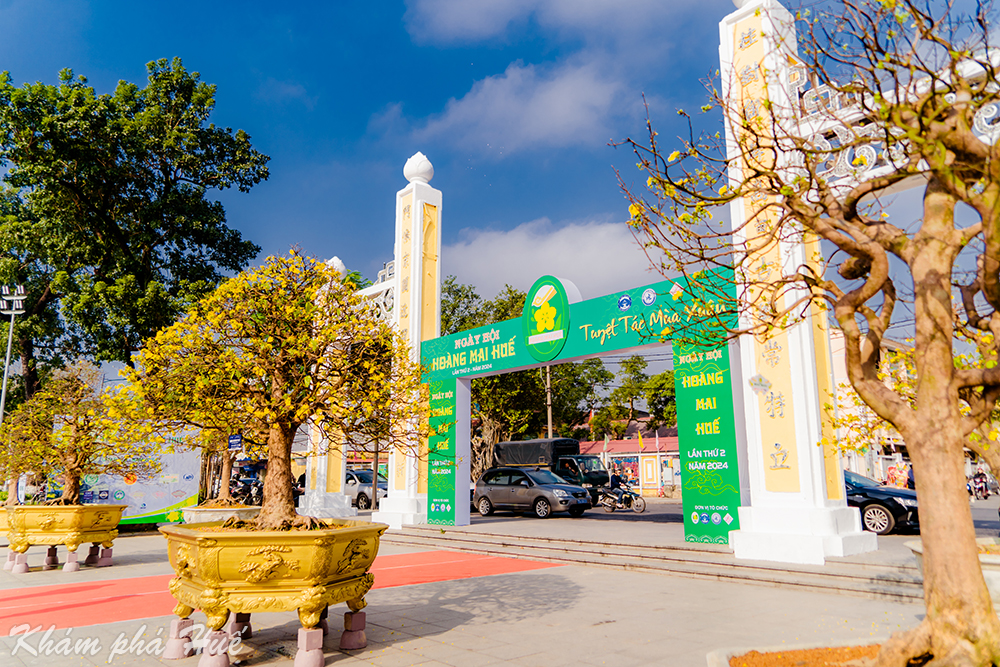 Hoang Mai embodies delicate beauty, subtlety, and refinement. The yellow apricot blossom is also associated with a variety of other symbols that represent the ideals of beauty, purity, and sophistication. The imagery of the apricot blossom combined with architecture creates a vibrant aura across artistic products, particularly in the decorations of the Nguyen Dynasty's palaces: from the architectural structures within the royal court to wood carvings, mother-of-pearl inlay wood paintings, and relief sculptures in private homes, apricot blossoms are frequently depicted. The yellow apricot tree is cherished by many Hue locals and across the country, although research on Hue's yellow apricot blossoms is sparse. There has been a lack of in-depth, thorough research to fully realize the flower's ecological and economic potential in order to develop a brand on the scale of Japan's cherry blossoms or Holland's tulips. What makes Hue's yellow apricot blossom special enough for Thua Thien Hue Province to issue a decision to extensively plant this tree, so that mentioning it evokes thoughts of the ancient capital region? Protecting the geographical indication "Hue" for yellow apricot Hue's Hoang Mai is characterized by green foliage, dense branches, short-stemmed flowers with five deep yellow petals, waved edges, flat surfaces, tightly overlapping petals, and a gentle fragrance. These features, along with the combination of natural factors and traditional production methods, have established the reputation and uniqueness of Hue's Hoang Mai. On January 18, 2024, the Intellectual Property Office (Ministry of Science and Technology) issued a Certificate of Registration of Geographical Indication for the product "Hoang Mai Hue", managed by the Department of Science and Technology of Thua Thien Hue Province.
Hoang Mai embodies delicate beauty, subtlety, and refinement. The yellow apricot blossom is also associated with a variety of other symbols that represent the ideals of beauty, purity, and sophistication. The imagery of the apricot blossom combined with architecture creates a vibrant aura across artistic products, particularly in the decorations of the Nguyen Dynasty's palaces: from the architectural structures within the royal court to wood carvings, mother-of-pearl inlay wood paintings, and relief sculptures in private homes, apricot blossoms are frequently depicted. The yellow apricot tree is cherished by many Hue locals and across the country, although research on Hue's yellow apricot blossoms is sparse. There has been a lack of in-depth, thorough research to fully realize the flower's ecological and economic potential in order to develop a brand on the scale of Japan's cherry blossoms or Holland's tulips. What makes Hue's yellow apricot blossom special enough for Thua Thien Hue Province to issue a decision to extensively plant this tree, so that mentioning it evokes thoughts of the ancient capital region? Protecting the geographical indication "Hue" for yellow apricot Hue's Hoang Mai is characterized by green foliage, dense branches, short-stemmed flowers with five deep yellow petals, waved edges, flat surfaces, tightly overlapping petals, and a gentle fragrance. These features, along with the combination of natural factors and traditional production methods, have established the reputation and uniqueness of Hue's Hoang Mai. On January 18, 2024, the Intellectual Property Office (Ministry of Science and Technology) issued a Certificate of Registration of Geographical Indication for the product "Hoang Mai Hue", managed by the Department of Science and Technology of Thua Thien Hue Province. 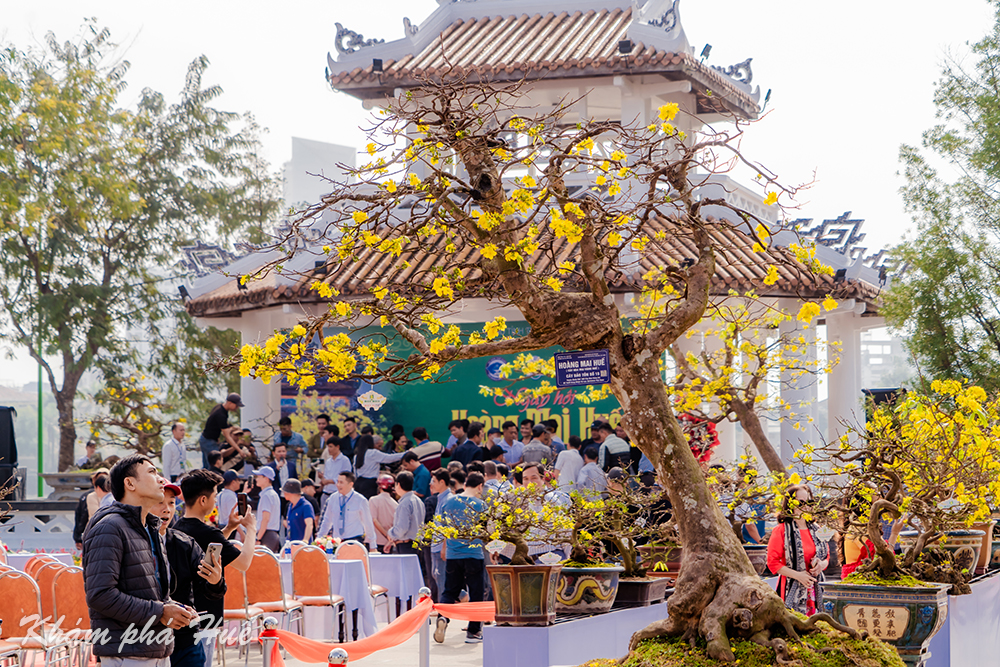 According to the Dai Nam Nhat Thong Chi, under the category of Native Flowers in the Capital (Hue), "Hoang Mai, commonly known as yellow apricot blossom, recorded in manuscripts as Lạp mai". The history of the apricot flower has been passed down since Emperor Nguyen Hoang founded O Chau in 1558, but the delight of yellow apricot blossoms may have originated in Hue around 700 years ago, coinciding with the establishment of Thuan Hoa. The book "Decorations on court ceremonial attire of the Nguyen Dynasty during the period 1802-1945" recorded the image of five-petaled apricot blossoms as a common decorative pattern on court ceremonial attire. Additionally, Hue's Hoang Mai is recognized through its depiction in Hue's architectural structures, associated with historical and spiritual landmarks. With its noble demeanor, Hoang Mai plays an important role in Hue's cultural life. Its distinctiveness and reputation are due to natural geographical conditions and the experience gained in local care processes. Difficulties in caring for the Hoang Mai blossom Thua Thien Hue province, located in the northern hemisphere's tropical region and receiving ample radiation, has a high temperature regime suitable for the growth and development of the Hoang Mai tree. While the Northern (Yen Tu) and Southern (Vinh Long) regions have rainy months in June, July, and August (when apricot buds emerge), Thua Thien Hue has a dry and hot season. The abundant sunlight and high temperatures promote photosynthesis, making it easy for buds to develop into flowers. Early season rains further facilitate the growth of apricot buds, resulting in optimal flowering.
According to the Dai Nam Nhat Thong Chi, under the category of Native Flowers in the Capital (Hue), "Hoang Mai, commonly known as yellow apricot blossom, recorded in manuscripts as Lạp mai". The history of the apricot flower has been passed down since Emperor Nguyen Hoang founded O Chau in 1558, but the delight of yellow apricot blossoms may have originated in Hue around 700 years ago, coinciding with the establishment of Thuan Hoa. The book "Decorations on court ceremonial attire of the Nguyen Dynasty during the period 1802-1945" recorded the image of five-petaled apricot blossoms as a common decorative pattern on court ceremonial attire. Additionally, Hue's Hoang Mai is recognized through its depiction in Hue's architectural structures, associated with historical and spiritual landmarks. With its noble demeanor, Hoang Mai plays an important role in Hue's cultural life. Its distinctiveness and reputation are due to natural geographical conditions and the experience gained in local care processes. Difficulties in caring for the Hoang Mai blossom Thua Thien Hue province, located in the northern hemisphere's tropical region and receiving ample radiation, has a high temperature regime suitable for the growth and development of the Hoang Mai tree. While the Northern (Yen Tu) and Southern (Vinh Long) regions have rainy months in June, July, and August (when apricot buds emerge), Thua Thien Hue has a dry and hot season. The abundant sunlight and high temperatures promote photosynthesis, making it easy for buds to develop into flowers. Early season rains further facilitate the growth of apricot buds, resulting in optimal flowering.  In terms of geographical location, the apricot tree is planted in soil with a light mechanical composition, primarily sandy loam, which drains water easily and is suitable for the biological characteristics of the apricot tree. The soil for apricot planting is rich in organic matter, sourced from river basins within the province and is mixed with organic fertilizer. High levels of organic matter improve soil drainage and retain moisture for the trees, while providing essential nutrients for their growth, particularly for the thickening of branches. Potassium levels in Hue's Hoang Mai planting soil are easier to absorb than those in Vinh Long province, ensuring the preservation of particular color and smell qualities. Furthermore, compared to Binh Dinh and Vinh Long provinces, the iron level of Thua Thien Hue's apricot planting soil is lower. Sulfur enhances the scent of flowers, so the mild aroma of Hue's Hoang Mai when cultivated in Hue soil is distinct. The unique qualities and quality of Hue's Hoang Mai are impacted not only by natural geographical conditions, but also by consistent technological aspects. To ensure the distinctness of Hue's Hoang Mai, farmers in the region pick purebred Hoang Mai seedlings from robust parent trees and propagate them through seeds inside Thua Thien Hue province. Hue's Hoang Mai growers are diligent in preparing apricot planting soil, whether in gardens or pots, and keep other apricot kinds (if any) at a distance to minimize natural cross - pollination, which could influence Hue's Hoang Mai features. Despite the difficulty of caring for yellow apricot blossoms in the face of severe rains, artisans in Hue and the flower - loving people here spare no effort, always meticulously tending to the apricot trees so that every Lunar fresh Year, Hue is covered with the vibrant yellow of Hoang Mai. To promote the image of Hue's yellow apricot blossom, the Hue Imperial City Heritage Conservation Center has organized a variety of activities, including the 2024 Hue Hoang Mai Festival, which brings together approximately 400 exceptional yellow apricot trees from artists. This festival is significant for the preservation and development of the Hoang Mai Hue variety, bringing both tourists and residents to Hue each spring./.
In terms of geographical location, the apricot tree is planted in soil with a light mechanical composition, primarily sandy loam, which drains water easily and is suitable for the biological characteristics of the apricot tree. The soil for apricot planting is rich in organic matter, sourced from river basins within the province and is mixed with organic fertilizer. High levels of organic matter improve soil drainage and retain moisture for the trees, while providing essential nutrients for their growth, particularly for the thickening of branches. Potassium levels in Hue's Hoang Mai planting soil are easier to absorb than those in Vinh Long province, ensuring the preservation of particular color and smell qualities. Furthermore, compared to Binh Dinh and Vinh Long provinces, the iron level of Thua Thien Hue's apricot planting soil is lower. Sulfur enhances the scent of flowers, so the mild aroma of Hue's Hoang Mai when cultivated in Hue soil is distinct. The unique qualities and quality of Hue's Hoang Mai are impacted not only by natural geographical conditions, but also by consistent technological aspects. To ensure the distinctness of Hue's Hoang Mai, farmers in the region pick purebred Hoang Mai seedlings from robust parent trees and propagate them through seeds inside Thua Thien Hue province. Hue's Hoang Mai growers are diligent in preparing apricot planting soil, whether in gardens or pots, and keep other apricot kinds (if any) at a distance to minimize natural cross - pollination, which could influence Hue's Hoang Mai features. Despite the difficulty of caring for yellow apricot blossoms in the face of severe rains, artisans in Hue and the flower - loving people here spare no effort, always meticulously tending to the apricot trees so that every Lunar fresh Year, Hue is covered with the vibrant yellow of Hoang Mai. To promote the image of Hue's yellow apricot blossom, the Hue Imperial City Heritage Conservation Center has organized a variety of activities, including the 2024 Hue Hoang Mai Festival, which brings together approximately 400 exceptional yellow apricot trees from artists. This festival is significant for the preservation and development of the Hoang Mai Hue variety, bringing both tourists and residents to Hue each spring./.
Text: Q.Lien, Photo: Khamphahue.vn




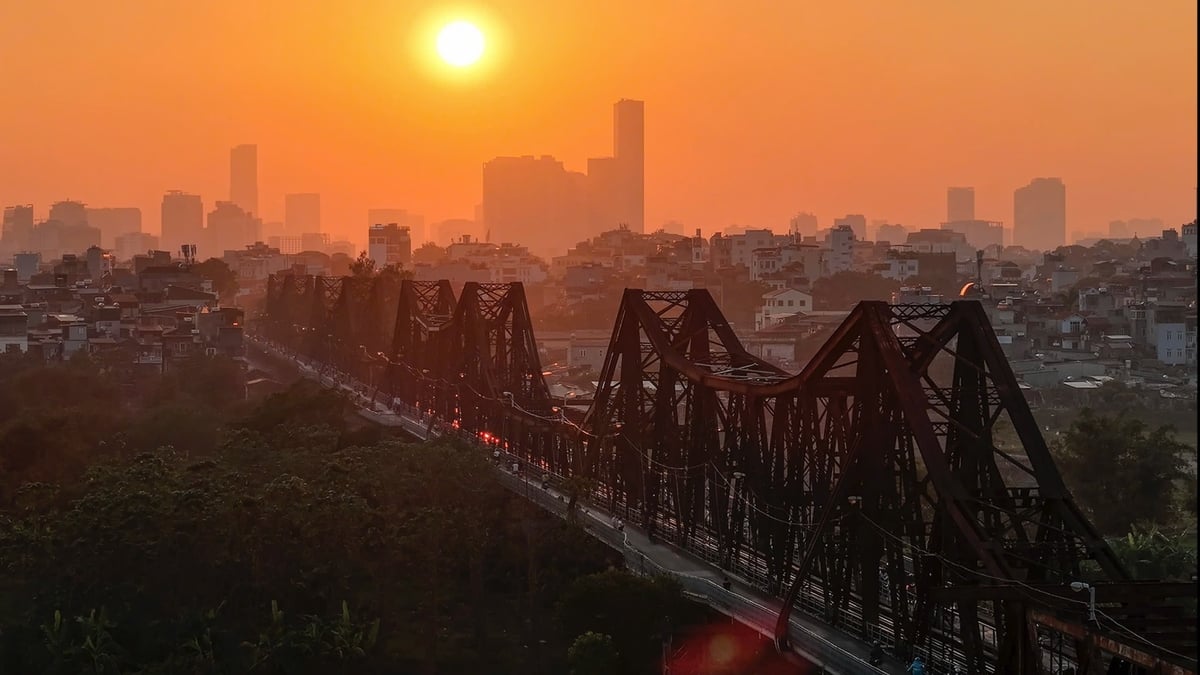
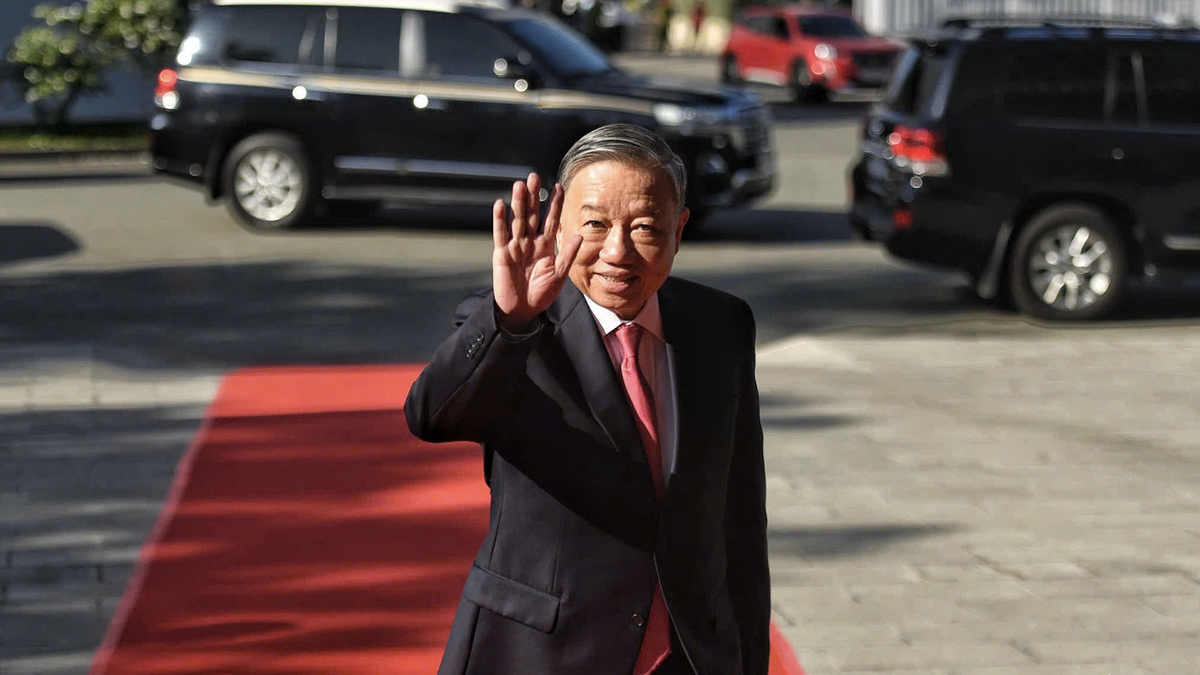


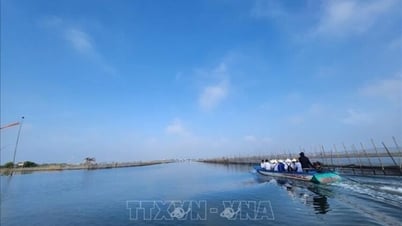






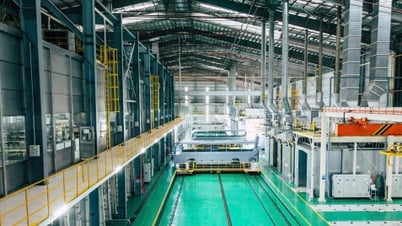
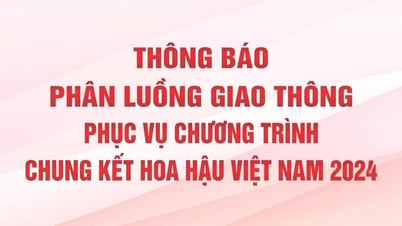
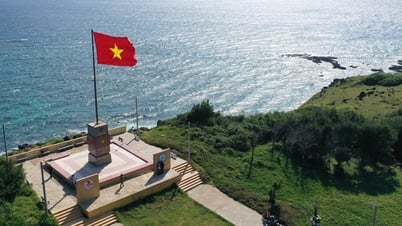

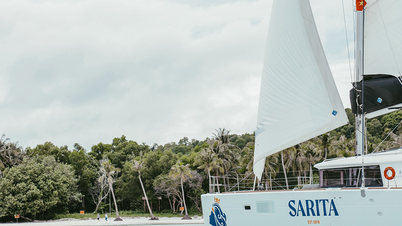



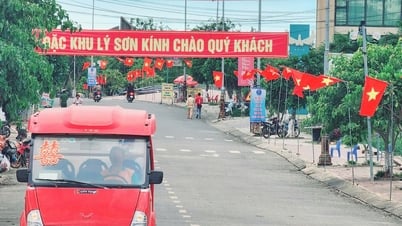
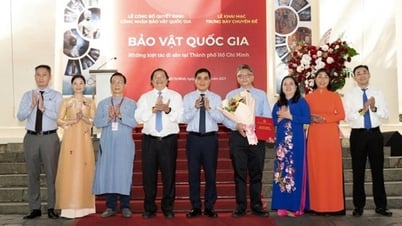

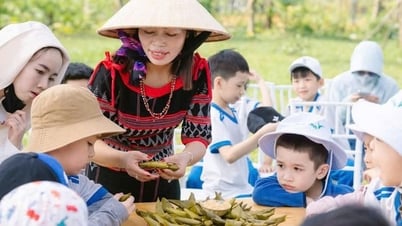

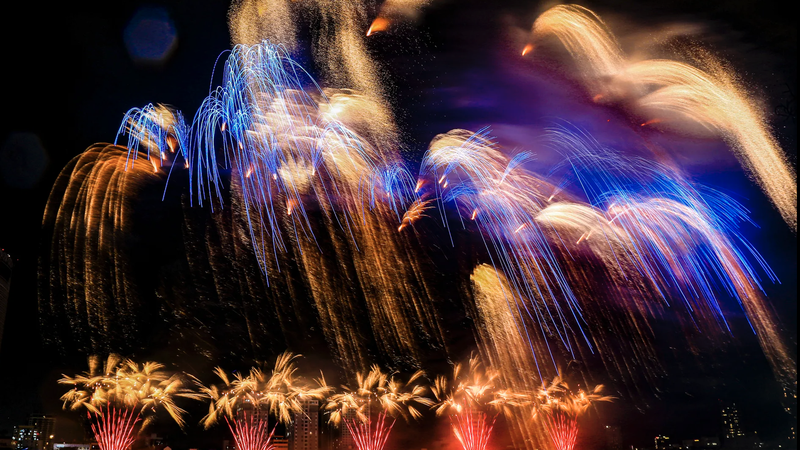
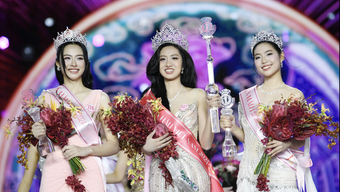


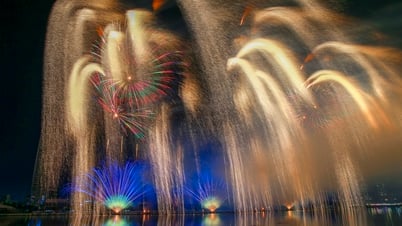



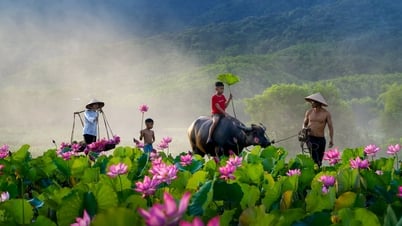
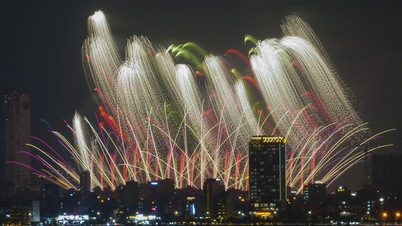
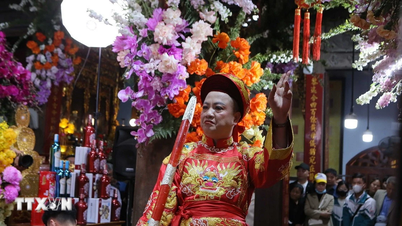

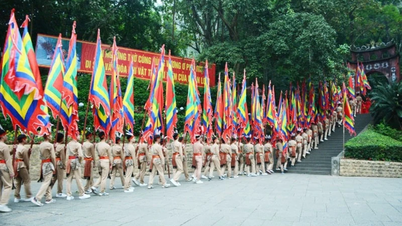

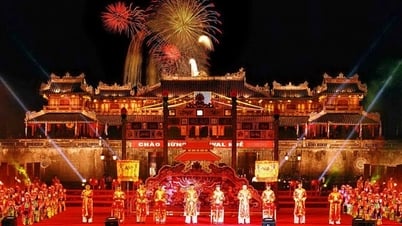

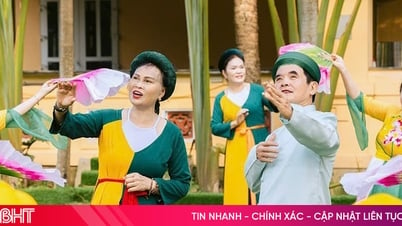

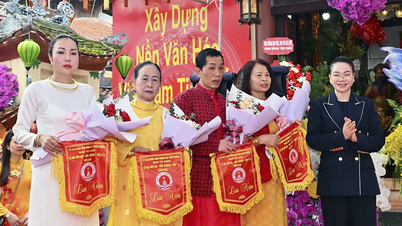



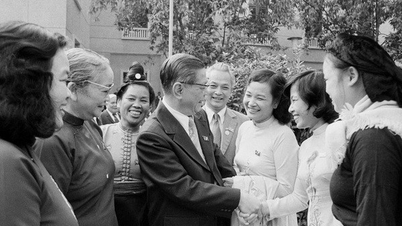
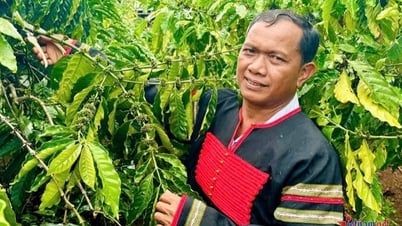

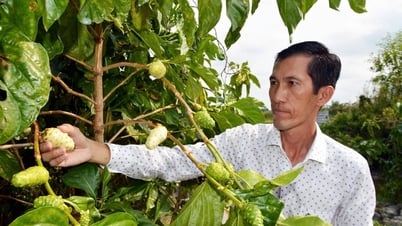


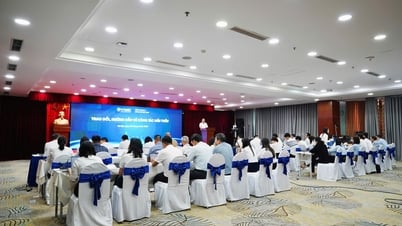



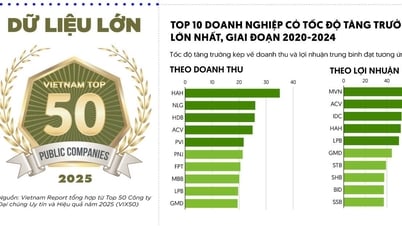


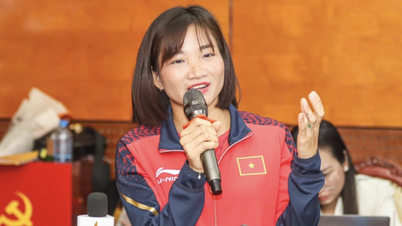
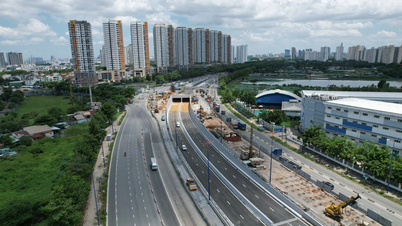

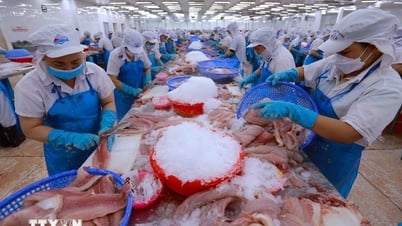

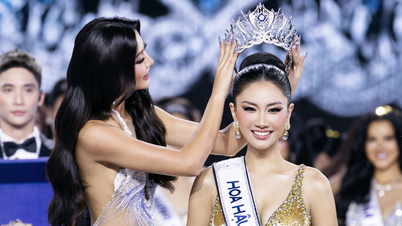


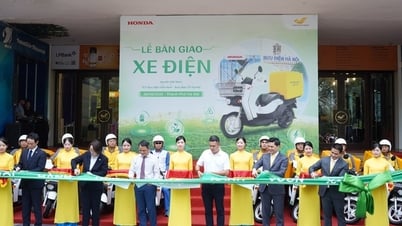




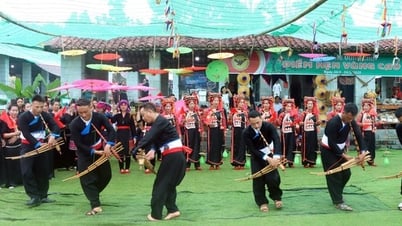

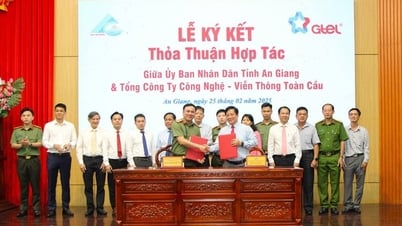
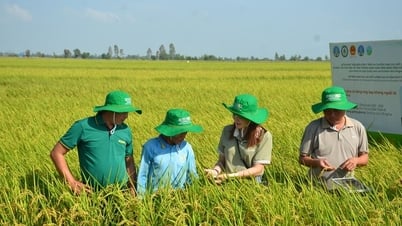

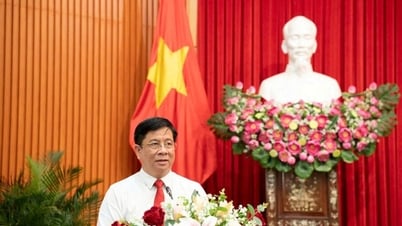

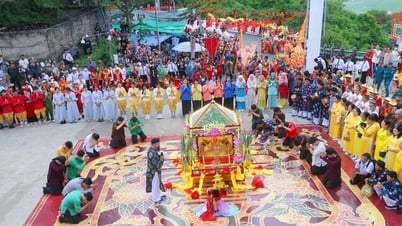
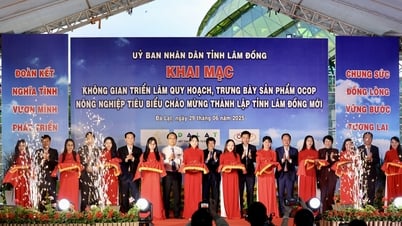



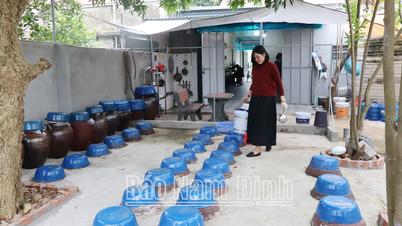

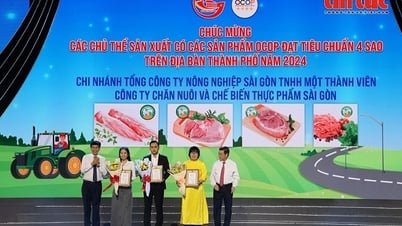

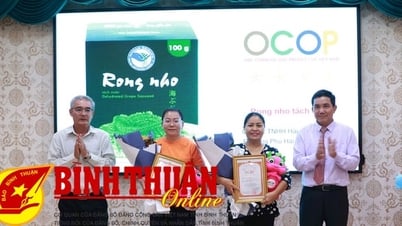



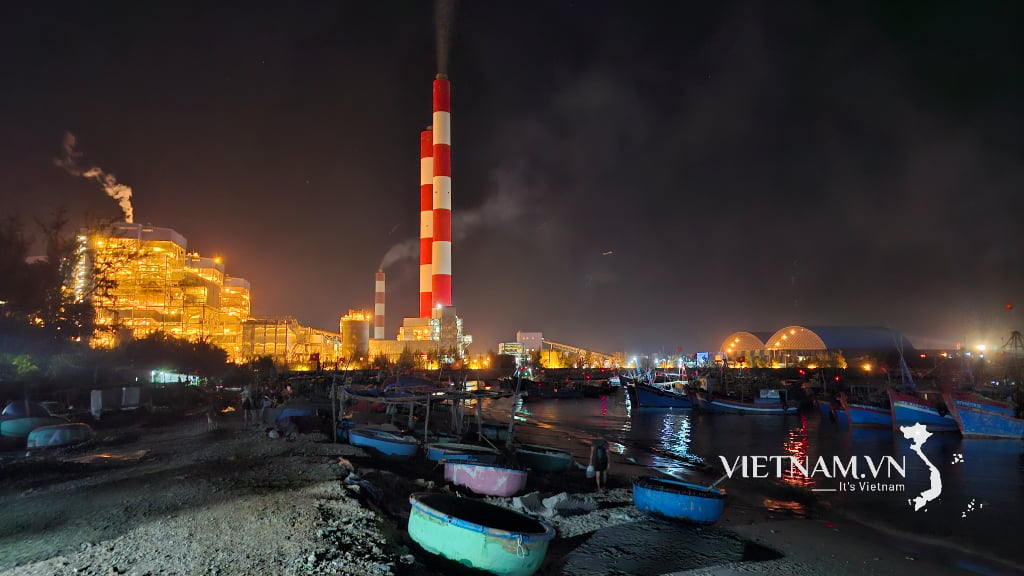
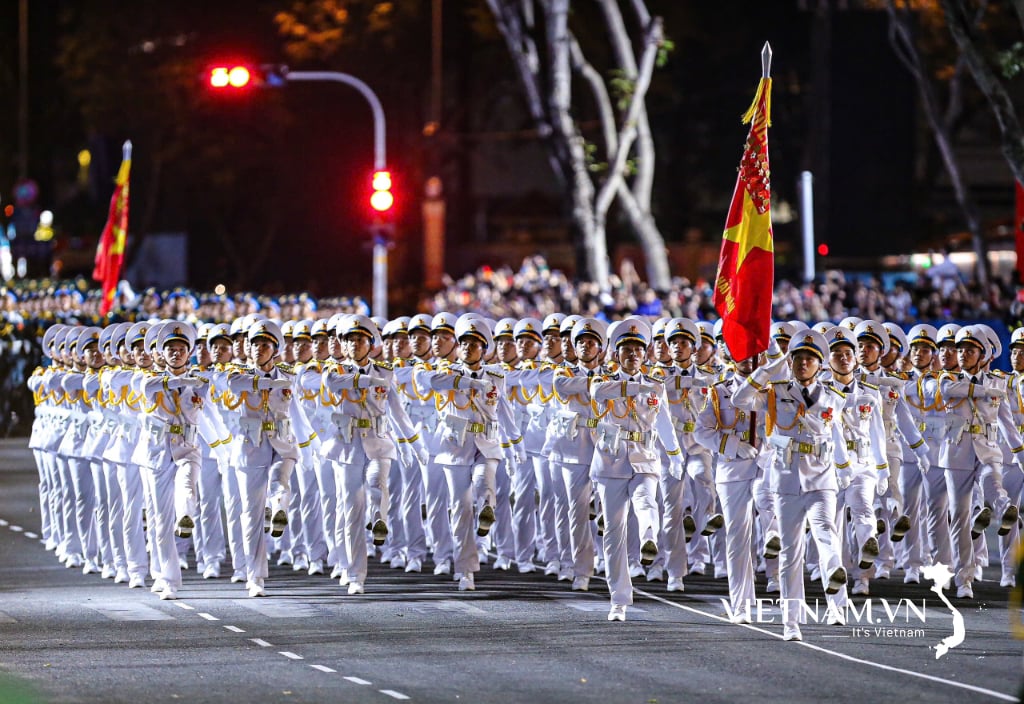
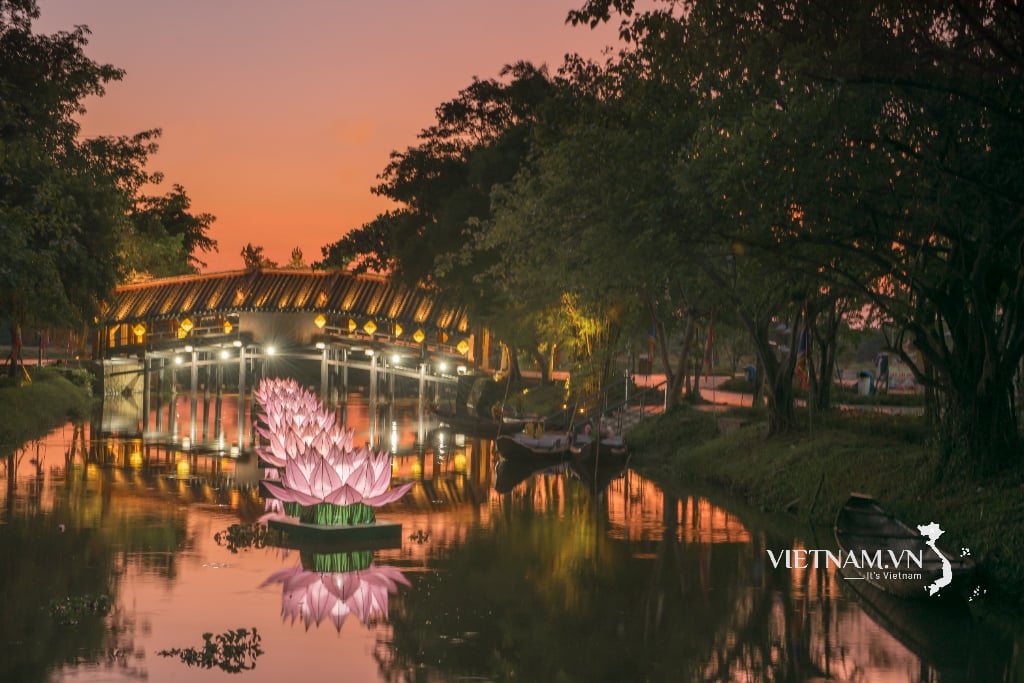
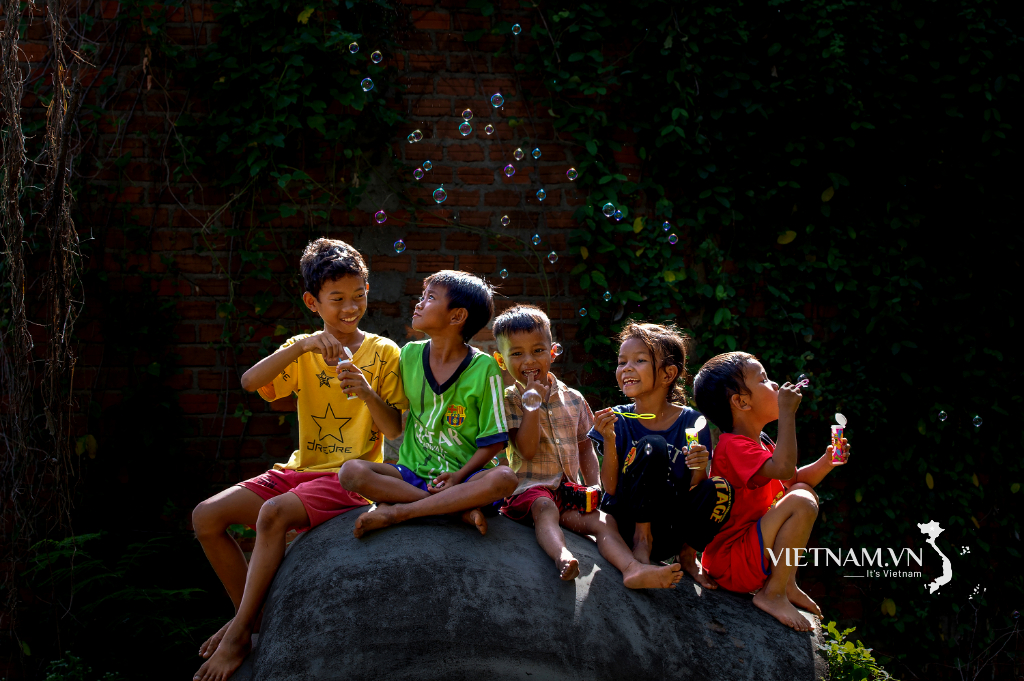
Bình luận (0)